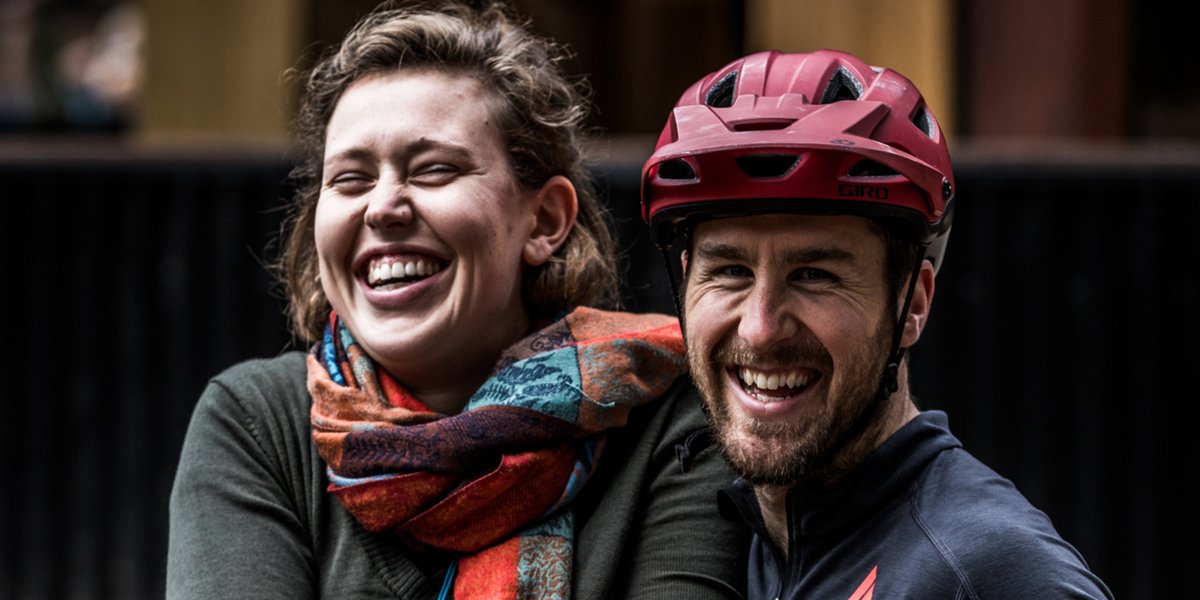Graeme Wood
"In places like Japan, I saw the impacts these giant piles of woodchips were having, juxtaposed with images of ancient forests. Step number one was to stop this from happening."
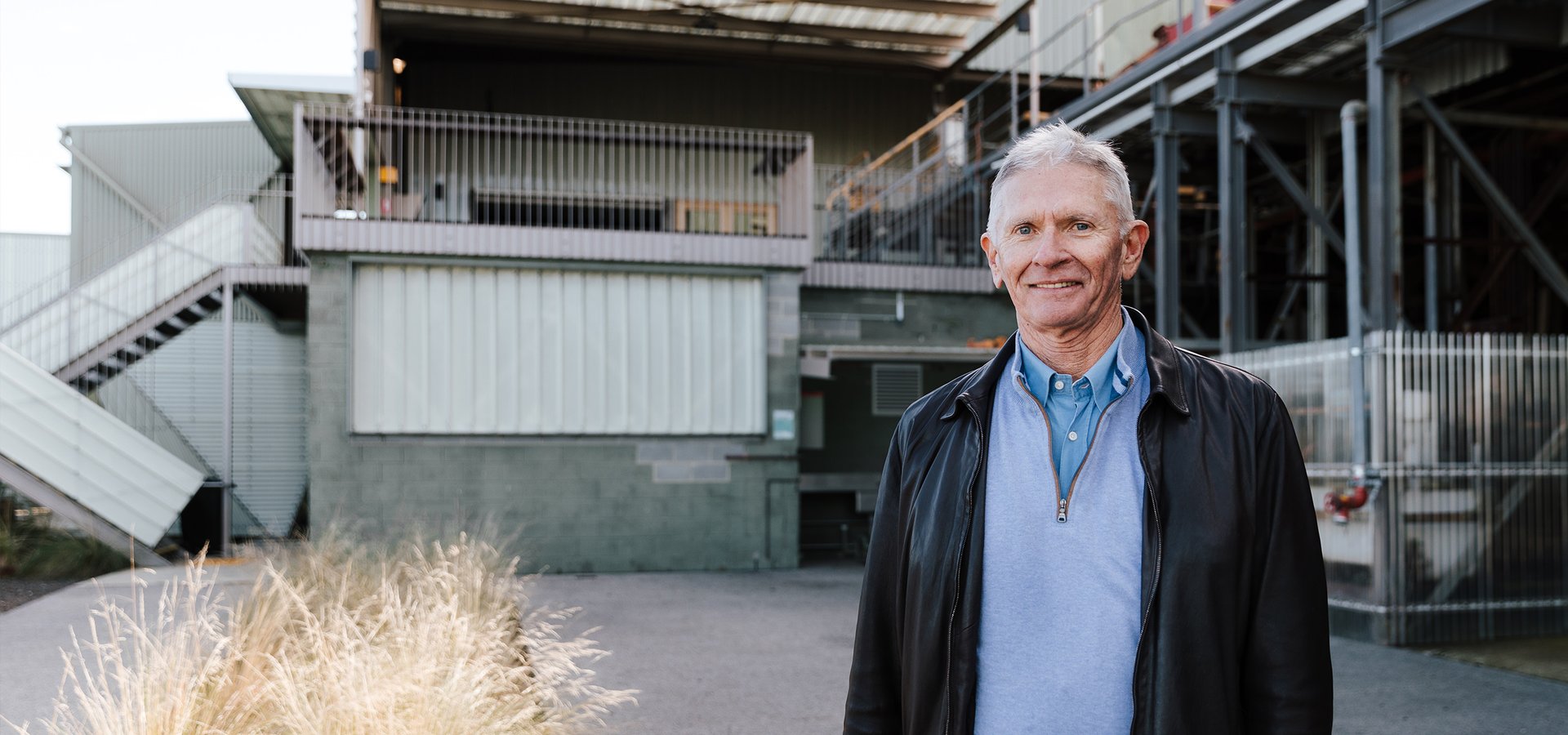
"There are a lot of people who will never agree with this. It’s been a lot of work, converting this place, but we’ve delivered a fair bit of commercial benefit to the area. It’s been a long time since anyone berated me."
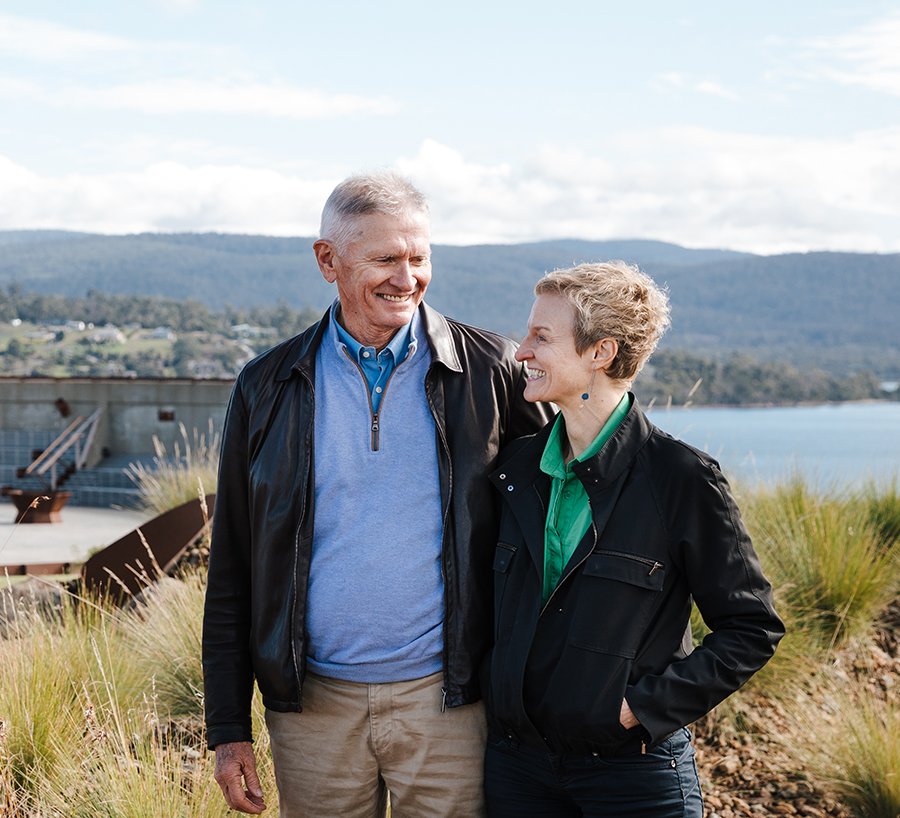
In the early 2000s, Graeme Wood participated in the Sydney to Hobart yacht race. He was sea-sick the whole way.
It felt a bit better when he and his team won their division and celebrated with a few Tasmanian beers. The trip confirmed what he had once thought on a drive down the East Coast of Tasmania.
“I was mightily impressed with what a wonderful place it was,” he says, “those farms that run down to the beach. I thought: this is pretty cool. What a nice place to have a holiday home.”
Graeme and his partner Anna Cerneaz live a rather nomadic lifestyle, often on a boat. “We’re not permanent-anywhere sort of people,” he says. The idea of making a part-time home in Tasmania grew on them.
When he and Anna decided to buy a home, they chose Battery Point. “You can walk anywhere in fifteen minutes,” he says. “You can get by without a car, pretty much, and there is a lot of beautiful old architecture still in place. Tasmania has its attractions.”
And its complications, including an historic tension between a love for the wilderness and a forestry industry that thrived for much of the 20th Century.
“I got involved in the forestry campaign with Bob Brown,” Graeme says. “It fitted in with my world view about natural resource depletion. I had become a conservationist at quite a young age.”
Conservation was a passion in his young life and so were computers. Graeme graduated with a Master in Information Systems and in the 1990s he began launching software businesses that he calls “moderately successful.” Then he came up with an idea for a new sort of travel reservation business that would prove to be somewhat more than moderately successful.
“I designed the user interface myself,” he says, “got some investors together and off we ran.”
Wotif made Graeme one of Australia’s most successful tech pioneers. Fourteen years later, Expedia acquired the company. Graeme is still deeply involved in the Australian tech industry, as an investor and advisor with a number of start-ups. Not surprisingly, people with ideas tend to call him.
“I get pitched incessantly,” he says.
Graeme is a careful investor. The idea needs a global application. It needs growth potential. He says no a lot more than he says yes, and makes calculated, logical decisions.
Except for that time he bought a woodchip mill.
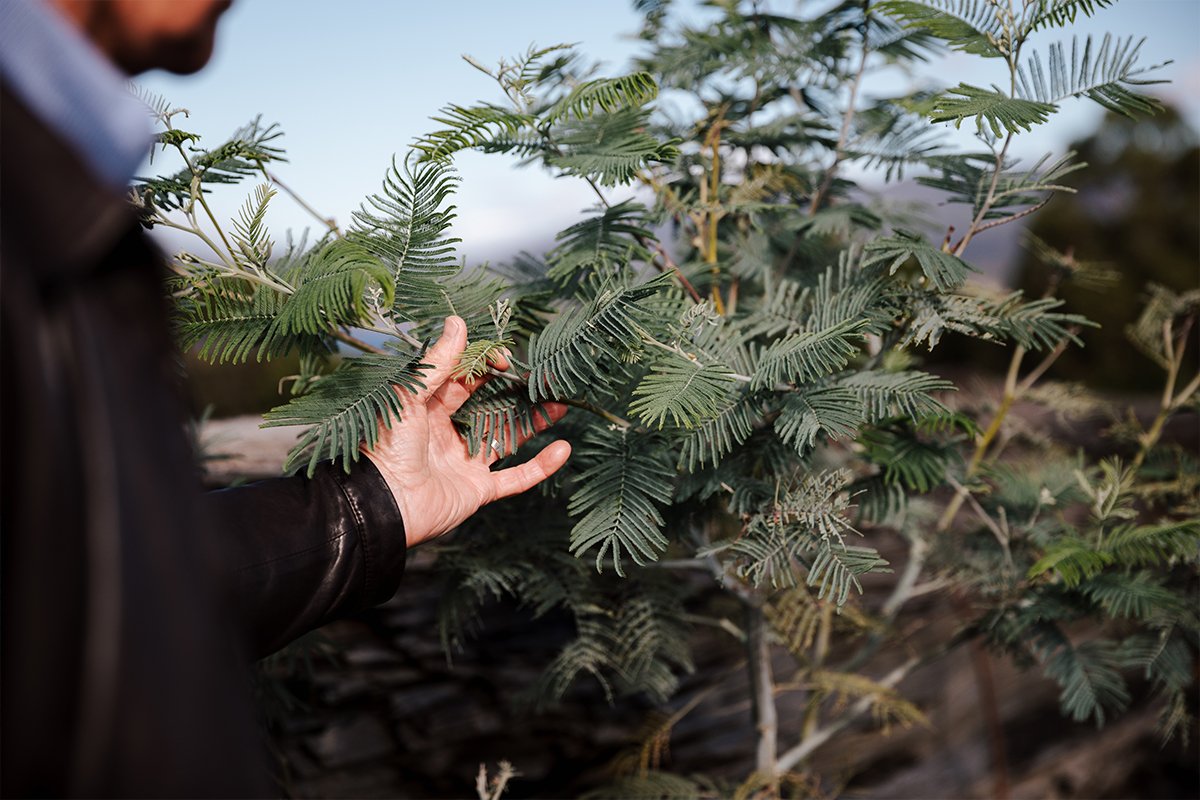
It was 2011, a moment of transformation in Tasmania’s forestry industry. As logging slowed, Tasmania was on the verge of net zero carbon emissions. The Triabunna Woodchip Mill went on the market.
“In places like Japan, I saw the impacts these giant piles of woodchips were having, juxtaposed with images of ancient forests. Step number one was to stop this from happening. There was no business plan at this stage. The urgency really excluded any thoughts of what would happen the next day.” Graeme pauses. “It’s not something I would advise investors to do.”
He began thinking about ways to make the mill into a productive and profitable asset for the community and for Tasmania. He bought out his original funding partner and entertained a number of pitches about turning the mill into a five-star resort.
“There weren’t a lot of good ideas out there,” he says, “just conventional ideas about conventional luxury destinations. Luxury destinations are not my thing.”
A lot of people resented what Graeme had done, in the local community and across the state. “There are a lot of people who will never agree with this,” he says, in the dining room of his unconventional destination - the Spring Bay Mill. “But when it comes to locals who live on the East Coast, even who worked on the mill, we have employed quite a few of them or their kids. It’s been a lot of work, converting this place. We’ve delivered a fair bit of commercial benefit to the area and most of those people like what we’ve done. It’s been a long time since anyone berated me.”
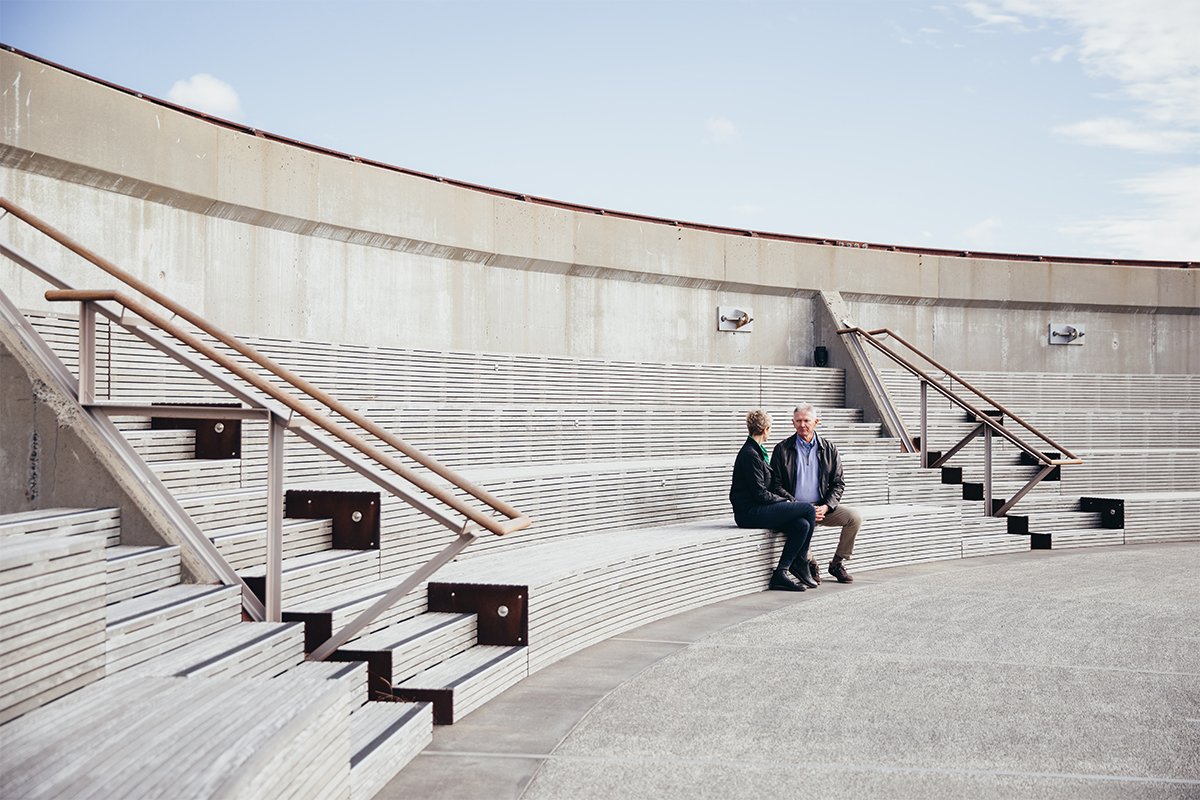
The Spring Bay Mill is in a stunning location on Tasmania’s East Coast, and its physical transformation has held on to its industrial roots. There are deeper roots outside the building. Everything about the Spring Bay Mill is regenerative and on its way toward being better than carbon neutral, as an operation. They are planting native trees and growing their own food for the restaurant. Birds are back.
“This isn’t just a hospitality business,” says Joe Pickett, general manager of the mill. “It’s about environment, regeneration, arts and culture, education, science, horticulture, and Aboriginal Tasmania. We’re getting in touch with what this place was about in the past.”
And they’re looking to the future, specifically the future of corporate travel. Increasingly, teams want to get together in unforgettable places where they can incorporate environmental and social factors into the way they do business.
They want to offer something hands-on. “Here,” says Anna, “you won’t just listen to a musician playing. You might understand a bit about the process of composition and creation, like a master class, a business person learning from an artist.”
Today at Spring Bay Mill a school group is on Maria Island. When they return to the mill they will pick and help prepare their own food, learning about native horticulture not from a book but from the garden.
There are events like the Squid Festival, and gigs on the weekend.
“You have to respect the locals if you want them to respect you,” says Graeme. “We’ve been really inviting, and there is a pretty strong cohort who turn up at pretty much everything we offer. It’s a lot closer than travelling into Hobart for a show.”
Graeme anticipates a financial return on his investment in the future. But it’s more than that. “It’s also about demonstrating there are other ways to bolster the economy than digging something out of the ground or chopping something down. The creative economy is really the future of Tasmania.”

We worked with southern Tasmanian photographer Nina Hamilton for this Tasmanian story.
You can find these images (and more!) in our Tasmanian Partner Toolkit.
Read about more Tasmanians
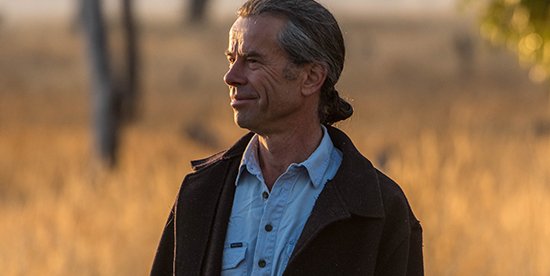
Julian von Bibra
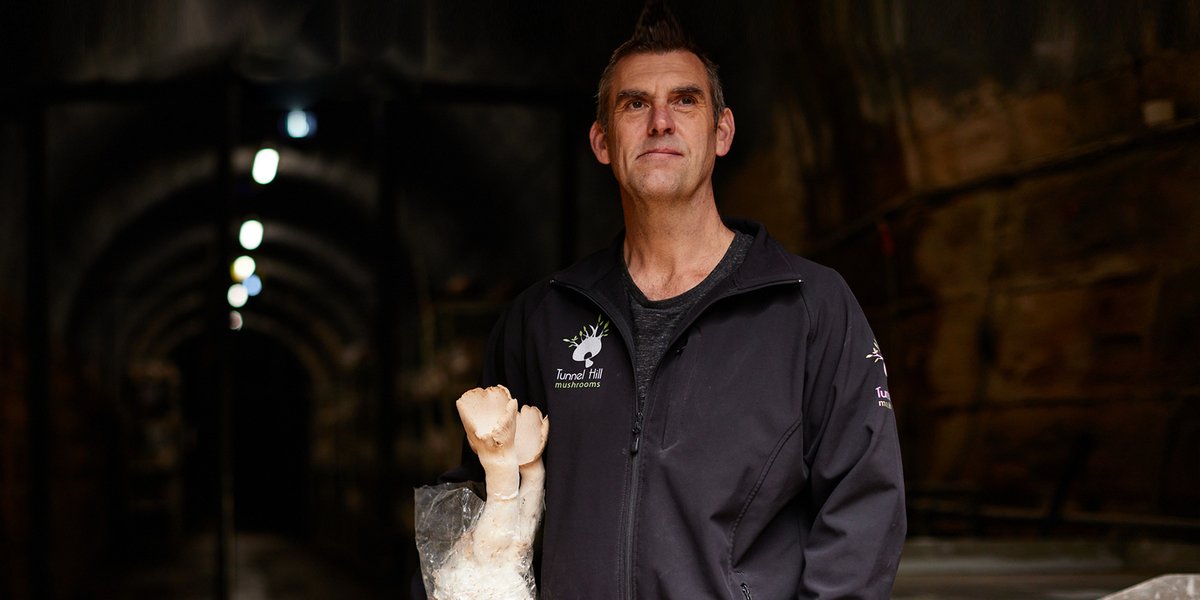
Dean Smith
